.png.transform/rendition-xs/image_image%20(1).png)
Duero River Valley
Castilla y León is the political name of this area, but most of the greatest wines are from vineyards around the Duero River. Indeed Spain’s most famed winery, Vega Sicilia, anchors the DO known as Ribera del Duero (meaning, the “banks of the River Duero”), fueled by the ubiquitous Tempranillo grape, Spain’s most planted red. The Duero River travels 460 miles from high in the Sistema Ibérico, forms part of the border between Spain and Portugal and then empties into the Atlantic at Oporto, a town that gives its name to a famous Portuguese fortified wine.
The table wines grown along its banks are nearly as intense as Port but are far more practical at the table. Roasted lamb and goat are genius here, and the cold Atlantic seems far away in climate and cuisine. Though many of the vineyards have only a gentle, round contour, this is high elevation viticulture: days are warm or even hot; nights are cold. Ripening is slowed; the wines become rich and ripe but hang on to their dusty, astringent structure. The less expensive wines are for immediate, delicious drinking; the top wines (Vega Sicilia, Pingus, Pesquera and many others) can last decades.
The region’s success have seen vineyards expand, and now names such as Sardón del Duero, Arribes, Arlanza, Cigales and other seeming satellites are garnering well-deserved attention. Rosés have been Cigales’ mainstay, but the Tempranillo grape has more to say, it would seem.
Tempranillo shines even more brightly in Toro; if the name conjures bulls, it’s a region making powerful, even massive wines. Subtlety is not Toro’s strong suit, but lovers of internationally styled wines are embracing the region’s hard charging reds. On the other side of the Duero River, the Rueda DO has claimed its own international spotlight with the Verdejo grape, offering a white wine likened to (and occasionally blended with) Sauvignon Blanc. But it owns its own unique citrus aromas and pear texture and flavors.
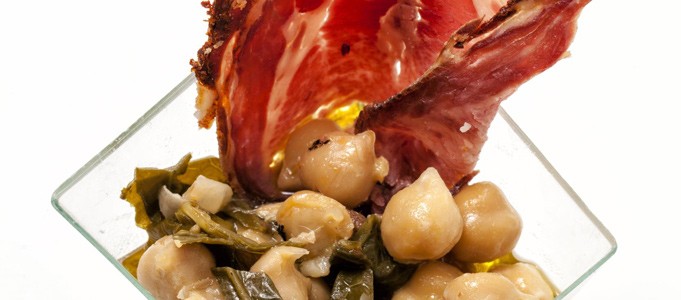
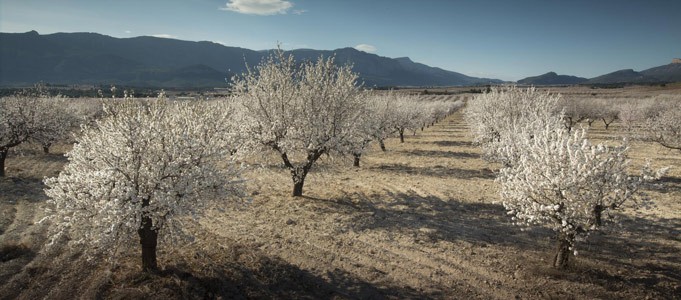
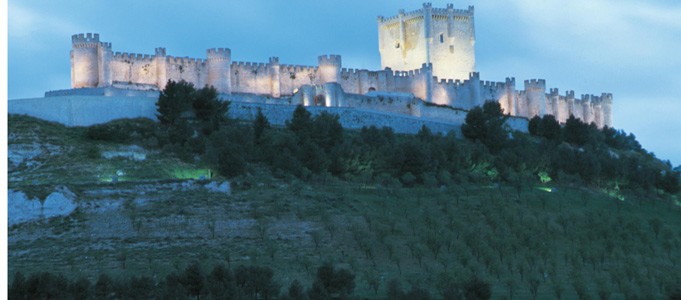
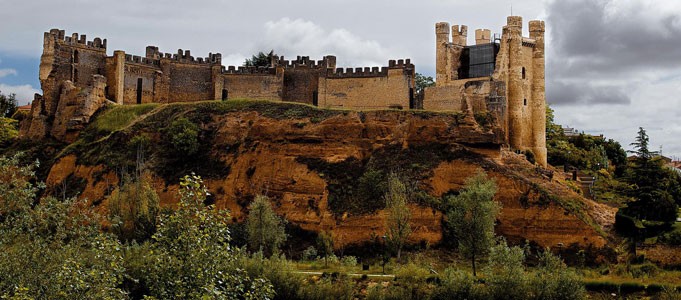
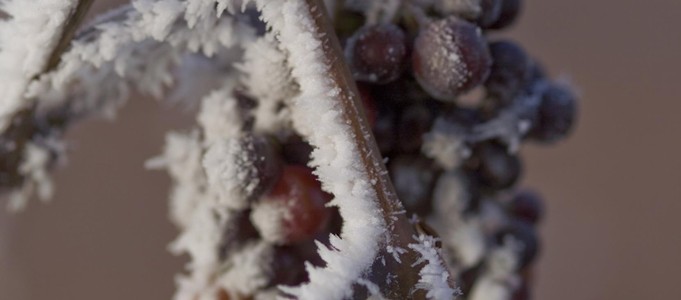
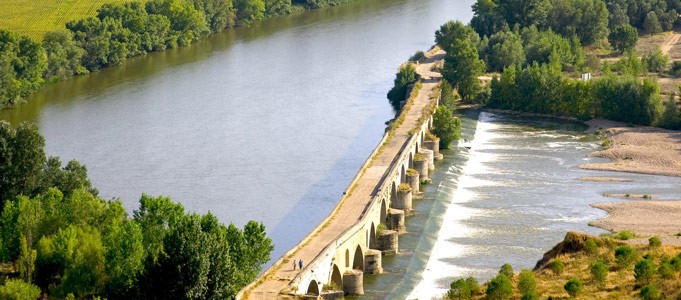
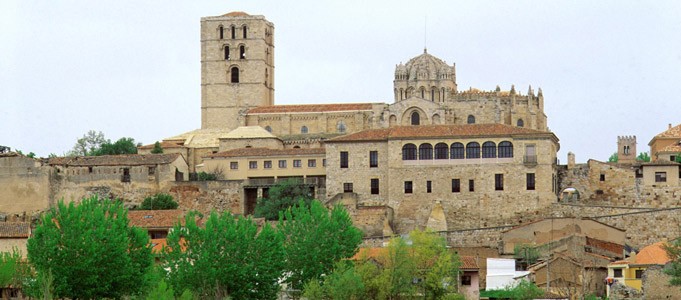
- Duero River
- Duero River
- Duero River
- Duero River
- Duero River
- Duero River
- Duero River
